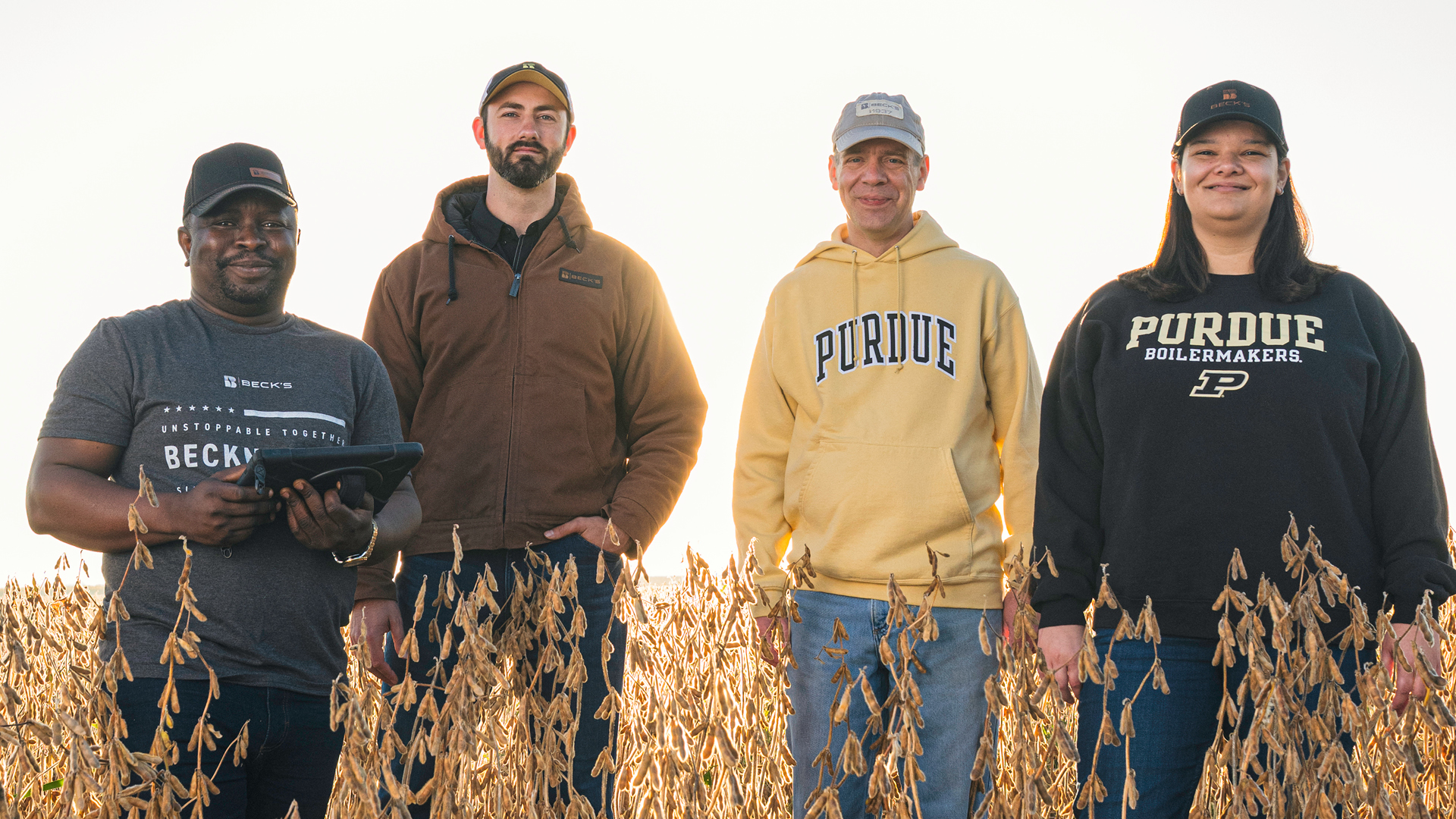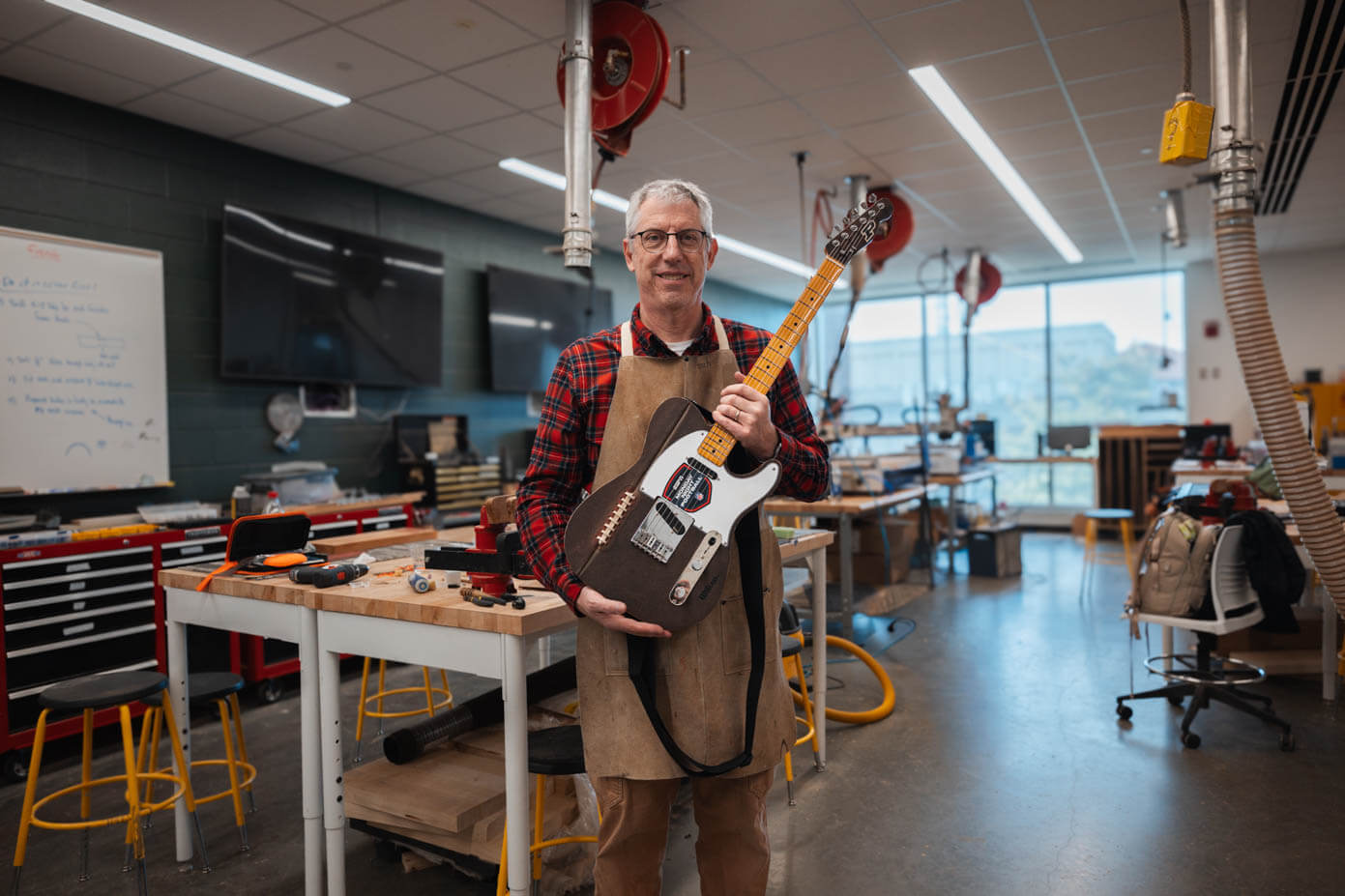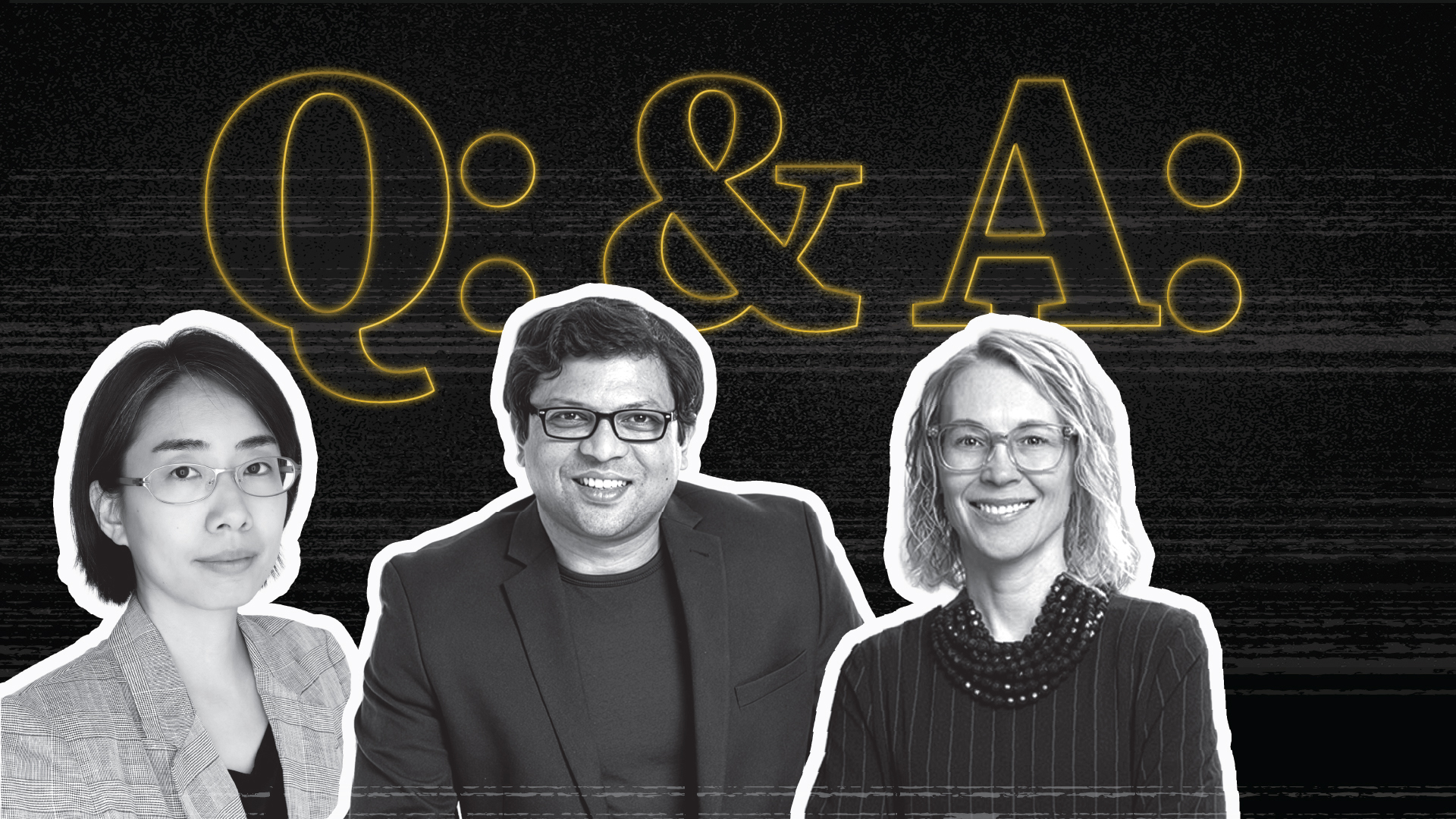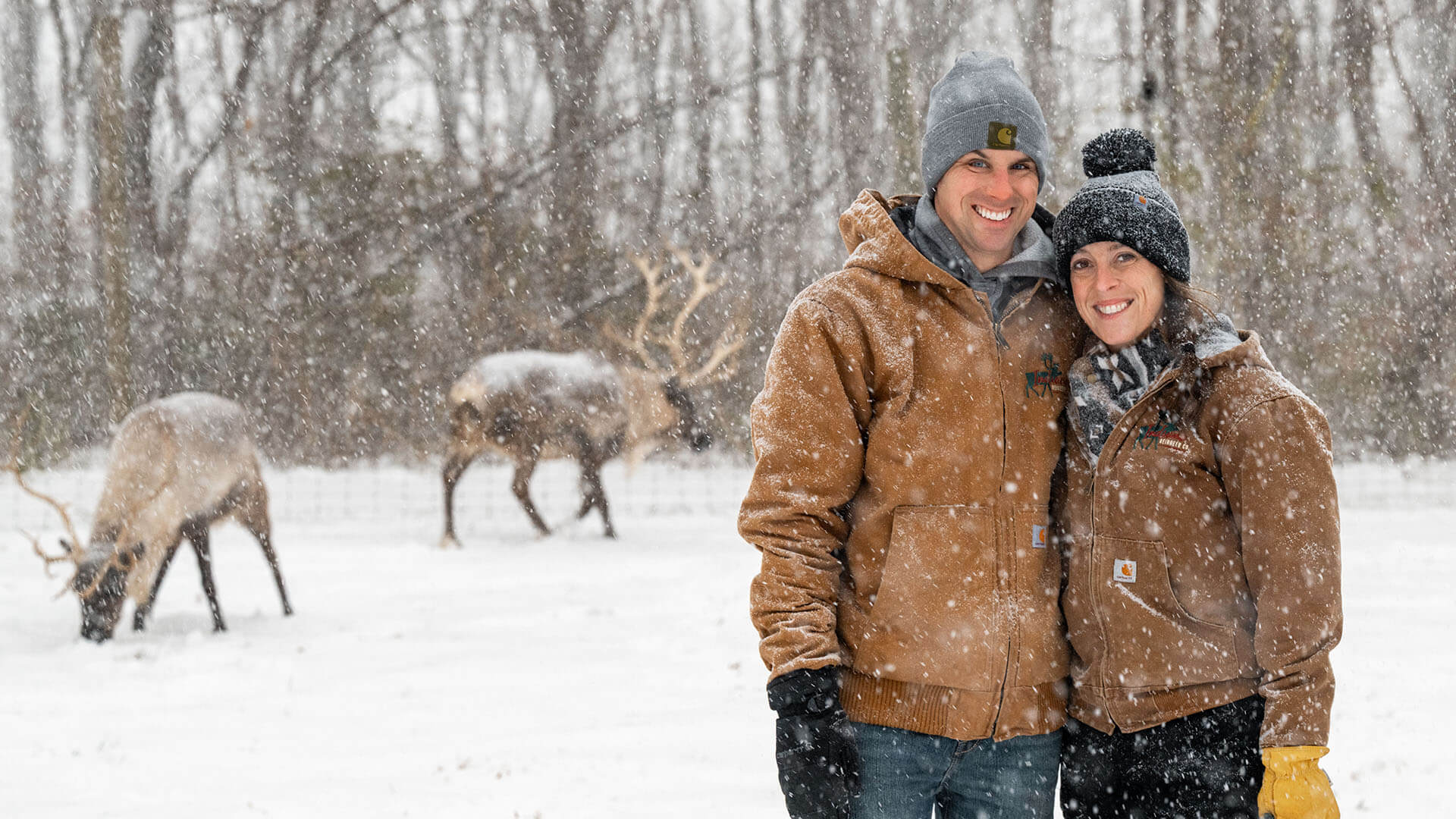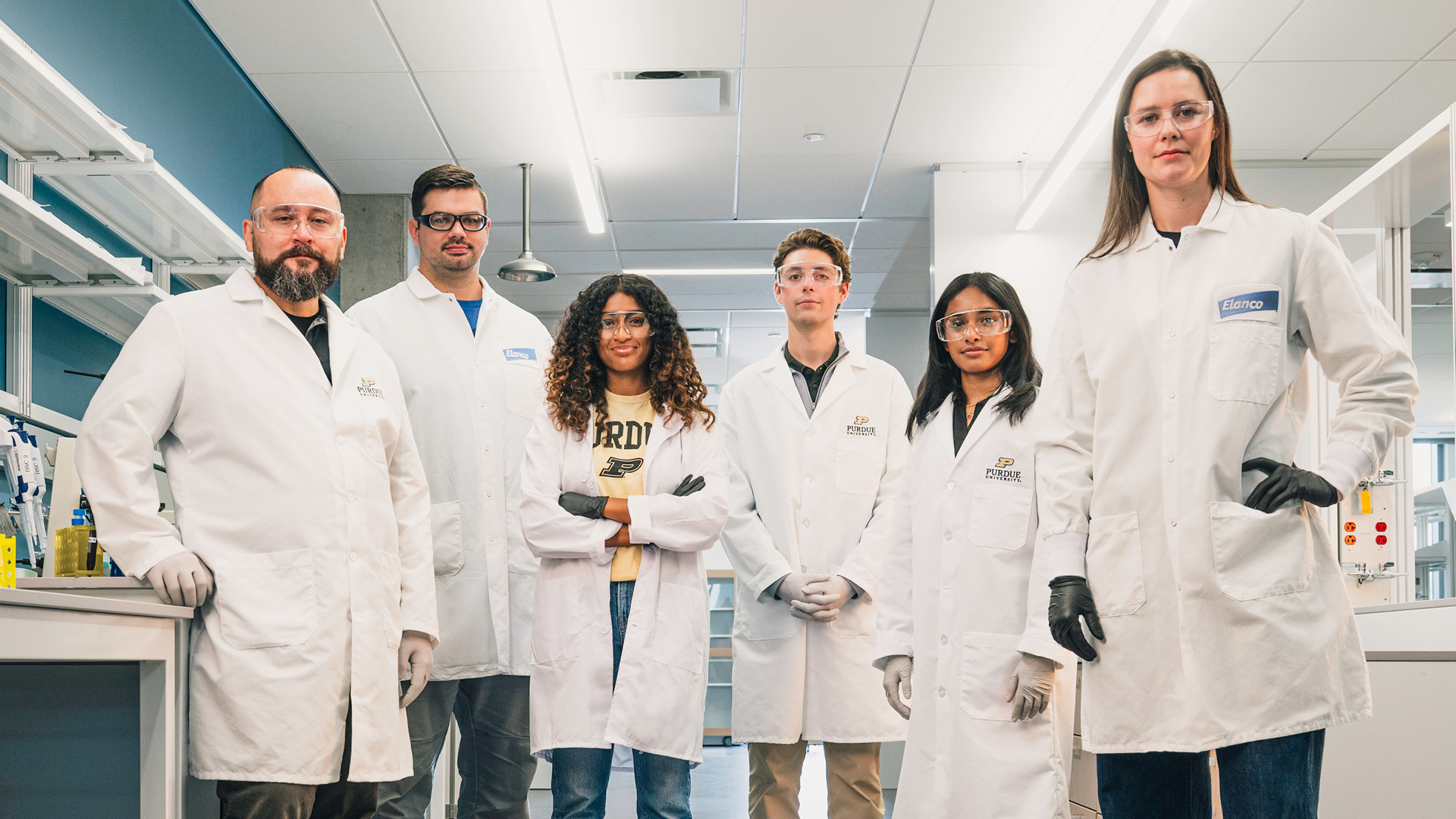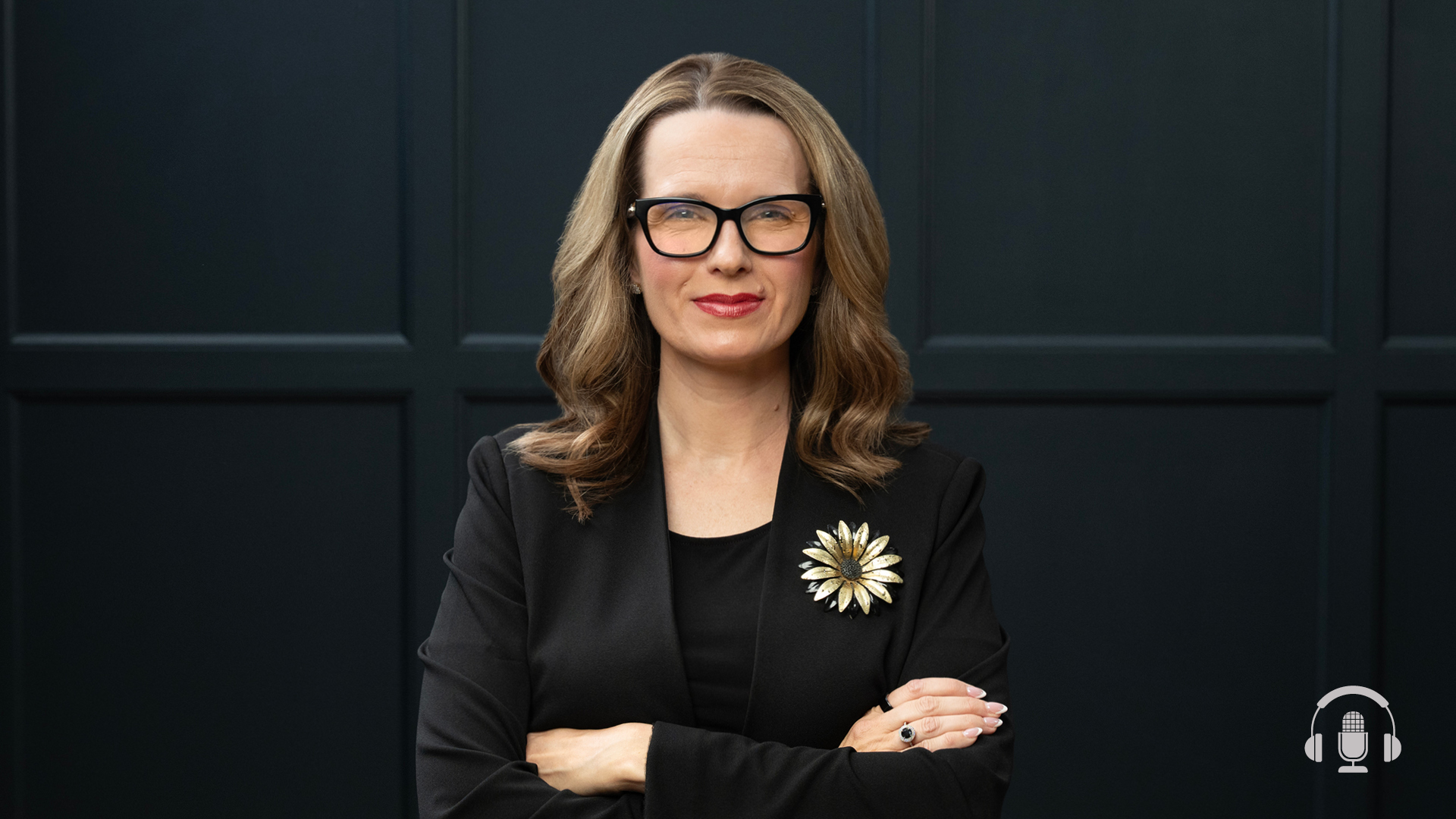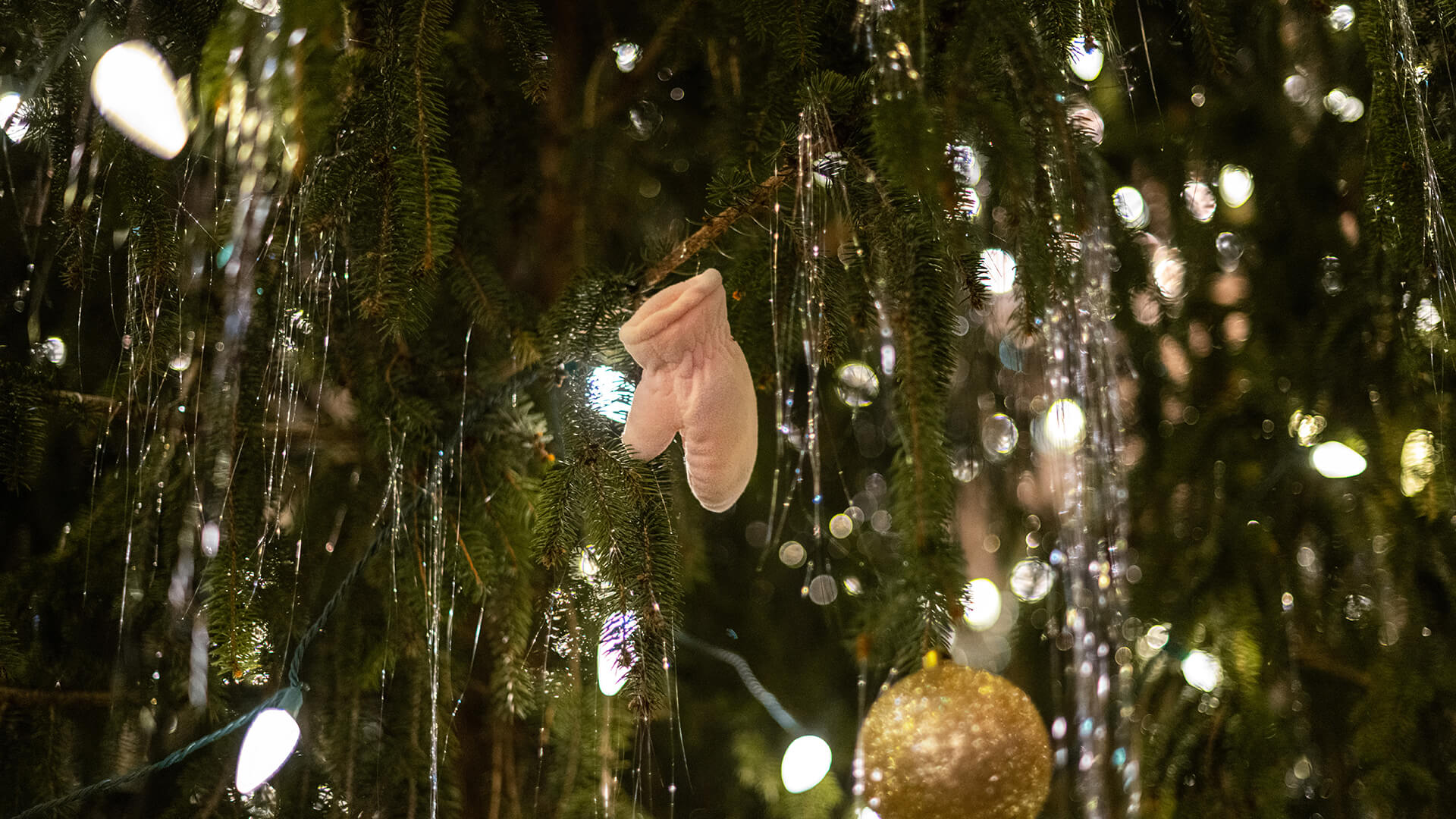Still taking giant leaps from lunar small steps: Purdue scientists analyze moon dust collected by Apollo 17 astronauts
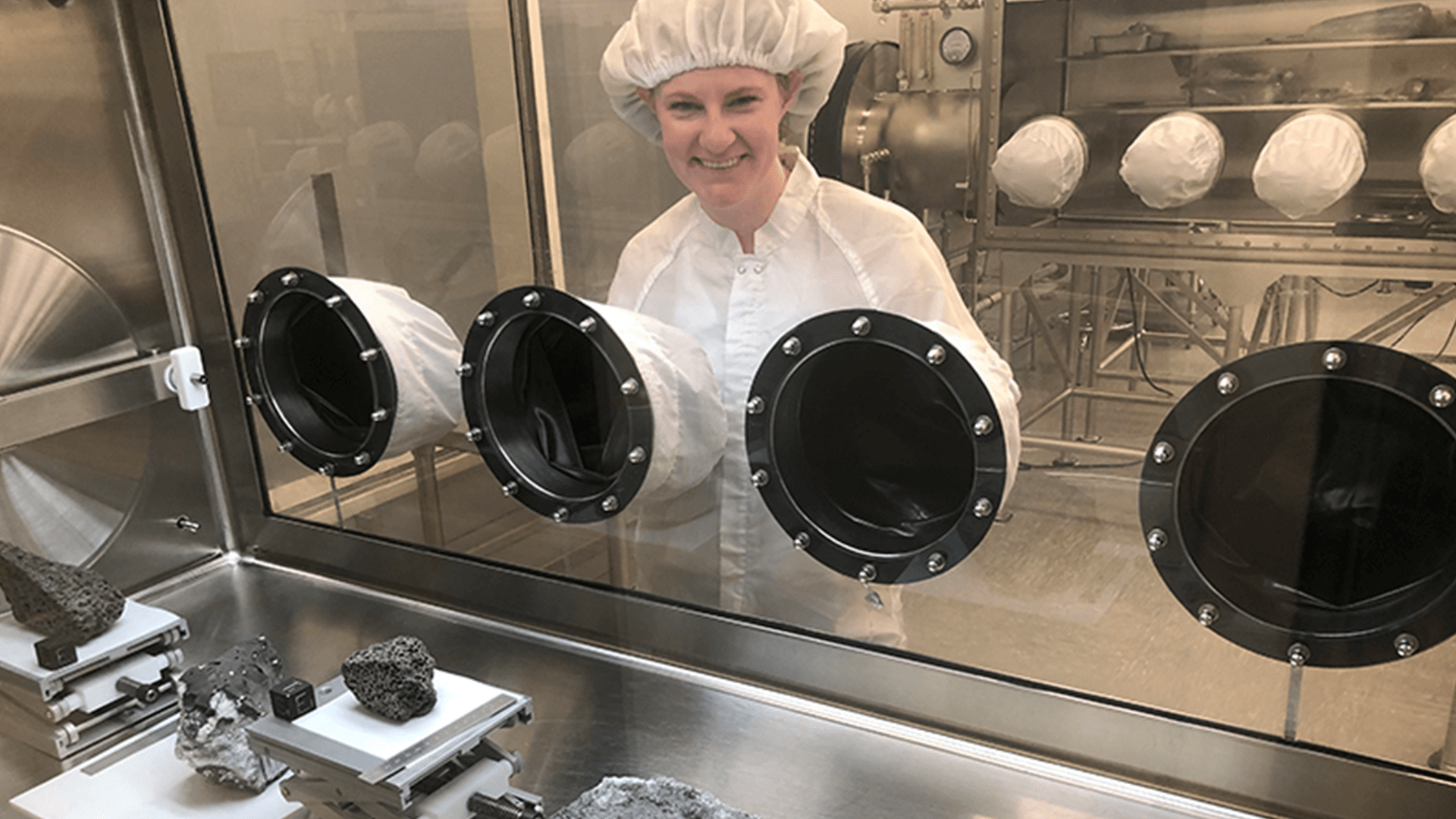
Michelle Thompson is one of the new generation of scientists working on the Apollo moon missions.
Humans have not set foot on the moon for nearly 50 years, but the Apollo moon missions aren’t over. The echoes from Neil Armstrong’s first steps are still helping scientists make giant leaps in understanding the moon’s geology.
When Apollo 17 packed up for home in 1972, the astronauts brought rock samples with them. NASA locked many of the rocks and core samples away in a vault, awaiting technological innovations that would allow future scientists to study them better than 1970s technology allowed.
Now, Purdue University scientists including Michelle Thompson, an assistant professor of Earth, Atmospheric and Planetary Sciences in Purdue’s College of Science, and Marc Caffee, professor of physics and astronomy with a courtesy appointment in the Department of Earth, Atmospheric, and Planetary Sciences, are both working on teams that will analyze some of the moon rocks and lunar soil samples from that mission.
Thompson and her team are partnering with some of the original scientists, including Harrison “Jack” Schmitt, the first and only geologist ever to walk on the moon, to learn more about the moon itself through the rock samples.
“When these samples were collected, when men walked on the moon, I hadn’t even been born yet,” Thompson said. “This sample has been on Earth longer than I have. It has been sitting in storage, waiting for scientists to analyze it since it was returned. Scientists now have tools and technologies that the original generation of astronauts could only dream of. So now it’s our turn to follow in their footsteps and study the moon rocks they brought back.”
The program, Apollo Next Generation Sample Analysis Program (ANGSA), is only possible because much of the more than 840 pounds of moon rocks and dust has been kept sacrosanct for nearly half a century. Now, scientists believe they have even better tools that are more sensitive, allowing them to comprehensively study the samples.
Thompson is an expert in the way rocks interact with and change due their exposure to the vacuum of space – a phenomenon called space weathering. Analyzing the chemistry of moon rocks and moon dust can tell her about the environment, evolution and history of the moon.
Thompson is studying a lunar core sample, a small column of moon dust extracted from the lunar surface by Apollo 17 astronauts Schmitt and Eugene Cernan, a Purdue alum. It comes from a part of the moon that may have experienced an avalanche, giving even deeper insight into the distribution of minerals and the chemistry of the moon. Thompson is hoping that they will be able to understand what the surface of the moon was like before and after the avalanche, gaining greater knowledge of how the moon’s soil, or regolith, has developed over time.
The samples are tiny to the naked eye. Originally a column of dust about 24 inches long, the lunar core has been sealed in the same metal tube it was entombed in when Cernan and Schmitt extracted it from the moon. Thompson and her graduate student, James McFadden, traveled to Johnson Space Center in Houston, where the sample is stored, to help safely separate the material into a number of smaller samples from different depths of the core.
Thompson and her team are analyzing the lunar dust, tiny grains of mineral that she describes as “sticking to absolutely everything.” Understanding the chemistry and structure of this material, which coats astronauts’ suits and vehicles as well as shelters and solar panels, will be vital for any long-term moon base plans. The dust coats the lids of the sample containers and sticks to everything it touches. Scientists’ only way to study it is through chemistry and studying its microstructure using tools including electron microscopes.
McFadden marvels at the significance of the research.
“Who knows how much this core sample, this little collection of dust, will change what we know about the moon?” he says.
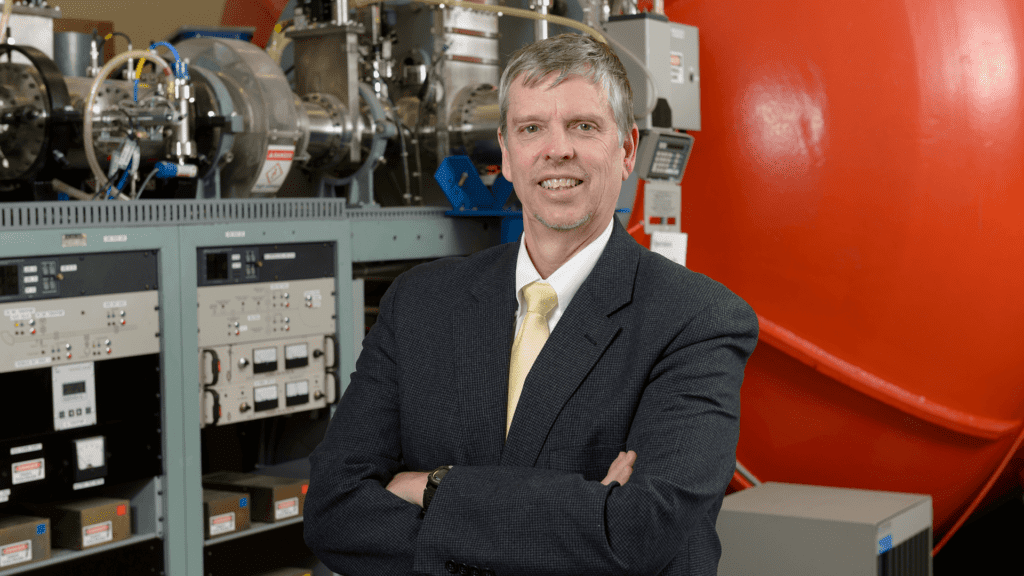
Cosmic significance
Caffee is studying another aspect of the lunar core sample in a joint project with the University of California, Santa Barbara. Researchers at Berkley will dissolve minute quantities of the moon dust and send elements isolated by this process to Caffee. Caffee will study radionuclides to determine how cosmic radiation has interacted with the moon.
Cosmic rays permeate the whole galaxy; they are usually made up of protons accelerated in supernovae explosions. When these energetic cosmic rays collide with the elements comprising rocks or an atmosphere, they liberate a massive secondary cascade of particles that ultimately produce stable and radio nuclides, referred to as cosmogenic nuclides. Cosmogenic nuclides occur in meteorites, lunar samples and terrestrial rocks.
“For us cosmogenic scientists, the lunar cores are like a holy grail,” Caffee said. “We love lunar cores because they have so much they can teach us about radionuclide production rates, solar activity and the depositional history of the core itself. We can use them to calibrate production rates of radionucleotides on Earth, which is extremely useful to us.”
Initially about exploration and testing of technologies, much of the later research done on the moon related to geology and to exploring the moon’s surface. The last lunar missions, Apollos 15, 16 and 17, all brought lunar rovers along to be able to cover more area and get moon rocks and regolith from different geographic regions. And Apollo 17 put a geologist on the moon.
“These astronauts, these guys were good,” Caffee said. “They were trained by geologists and of course, Schmitt is a geologist. Having geologists on the lunar surface was extremely important because they recognized patterns and features. They were able to make informed decisions about where the best and most useful places to take samples would be. I think they recognized that this core was near a landslide, and we’re really curious to see what it looks like.”
Caffee had just started studying lunar geology after the Apollo missions returned to Earth. He recalls that early analysis of samples required a large amount of dust or rocks in order to get results that were significant and accurate.
“One of the reasons that they archived these cores is that 50 years after the missions were done, they knew we would have much better analytical techniques,” Caffee said. “Now we can get the same, or better, results using only milligrams of material, meaning we can do so much more research than they would have been able to using the same rocks.”
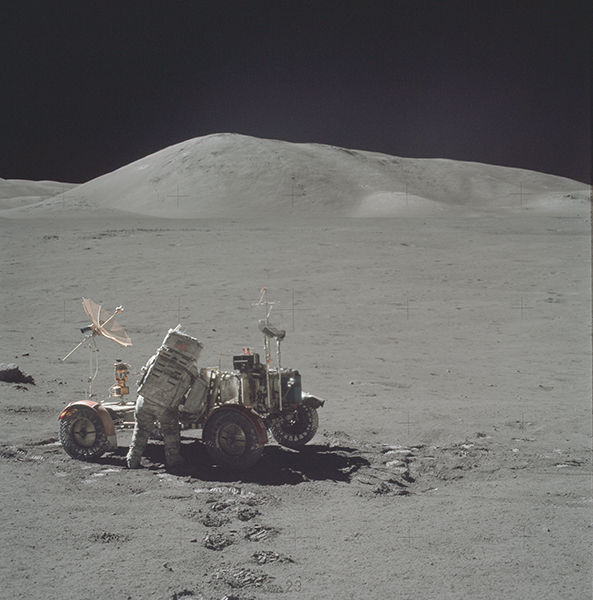
Old gold and black footprints
Purdue has a long history with astronauts, including Cernan, the last man to walk on the moon and one of the people to help collect this lunar sample. Thompson and Caffee both submitted proposals on how they would study their samples and were selected to join.
“The team is made of up multiple generations of experts on lunar sample analysis,” Thompson said. “We are very fortunate to have Jack Schmitt, who was an astronaut along with Boilermaker Gene Cernan on Apollo 17 and helped collect this particular sample. He has been an invaluable resource giving us information about what it was like the day they collected it on the surface of the moon. This collaboration is all about preserving institutional knowledge from one generation to the next. Studying these fantastic materials is like opening up a present. It gives a whole new generation of scientists, the opportunity to be involved in the Apollo program.”
Purdue, known as the Cradle of Astronauts, counts 25 alumni as astronauts including four Apollo astronauts. The span of time between when Boilermaker Neil Armstrong became the first man to walk on the moon and Cernan became the last marked an era of unparalleled exploration.
“I grew up listening to my parents tell stories about crowding around their black and white television sets to watch the Apollo missions and the astronauts walking on the moon,” Thompson said. “To be able to work with these samples and be here at Purdue and work with materials that have a connection to Purdue is an incredibly surreal feeling, and it will never, it will never get old. It’s incredible to be a part of this story.”

